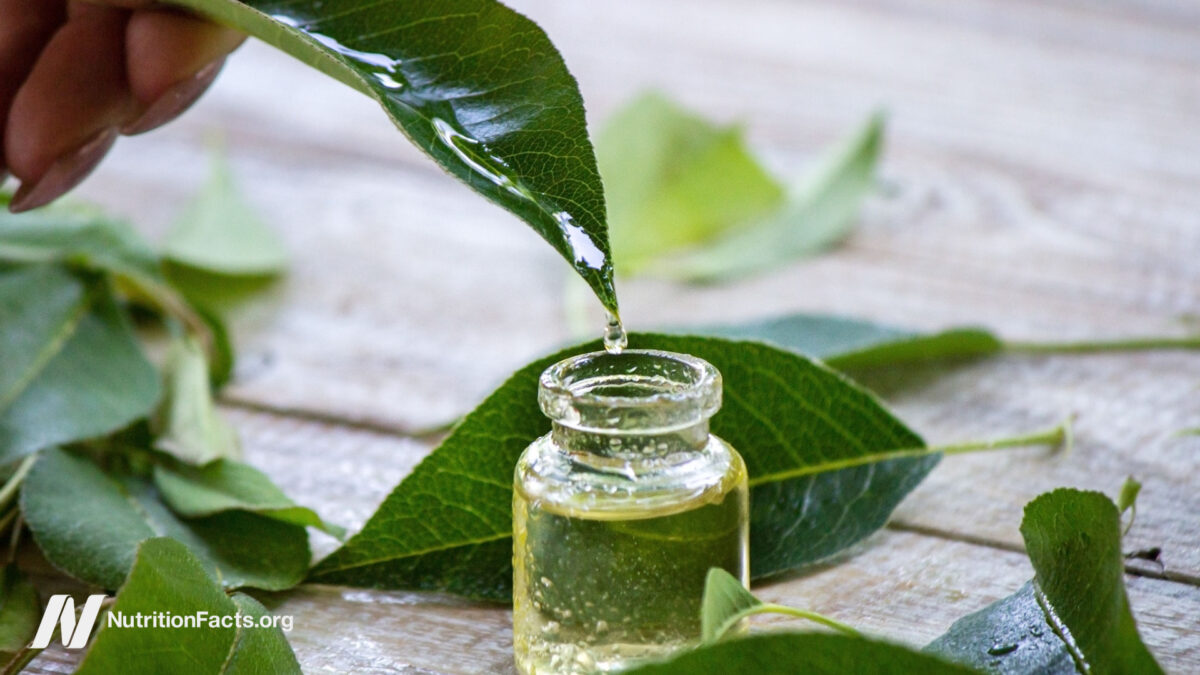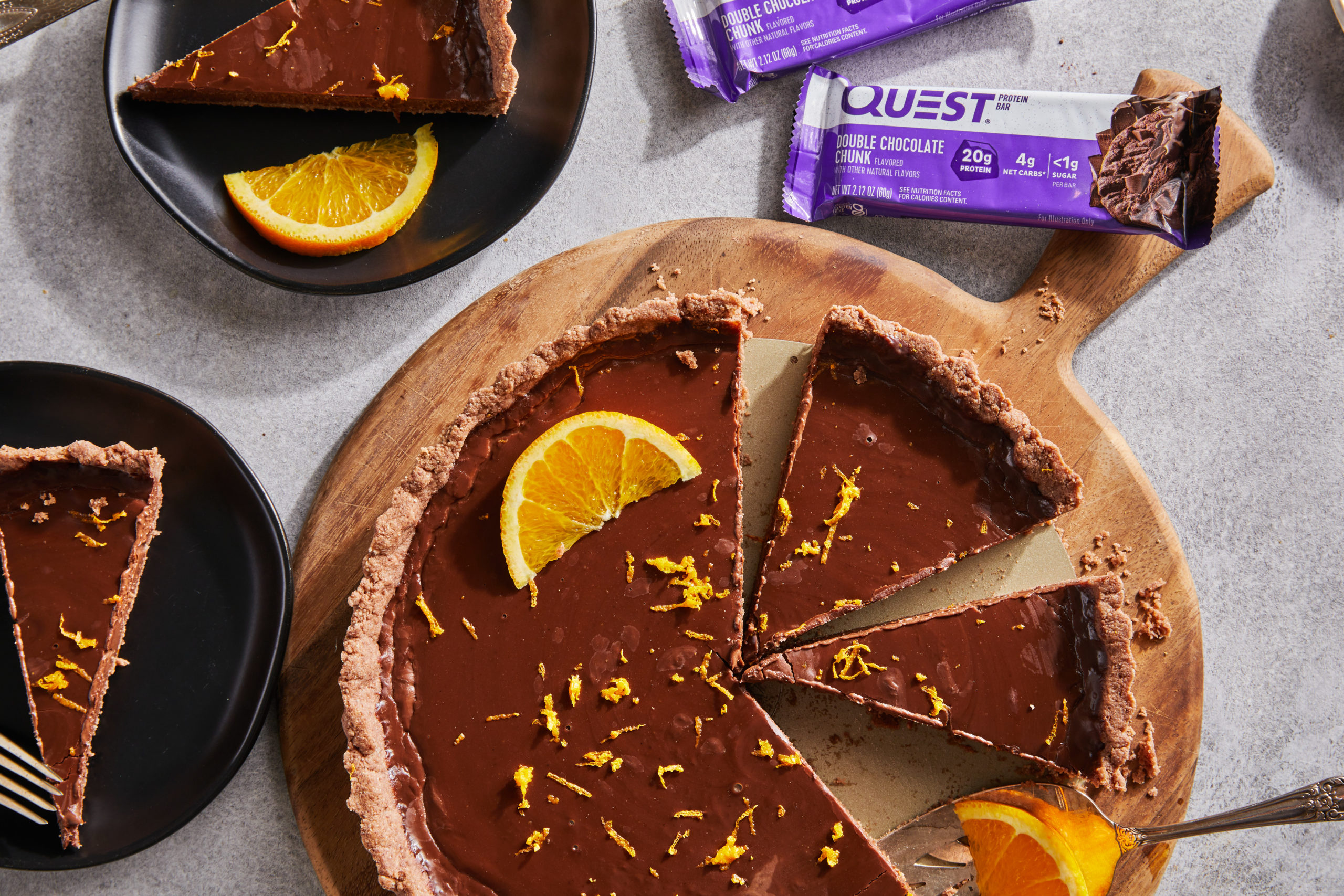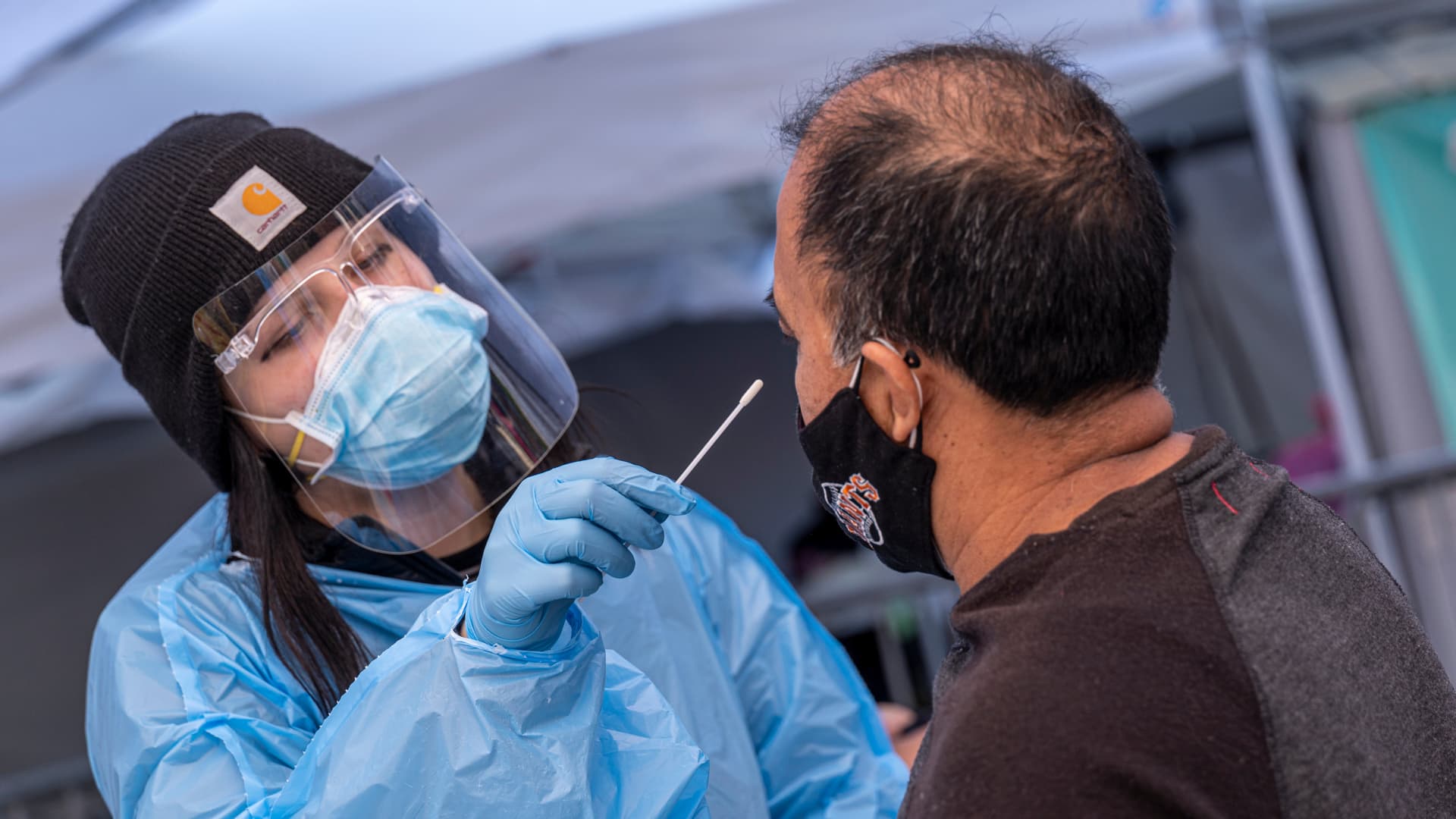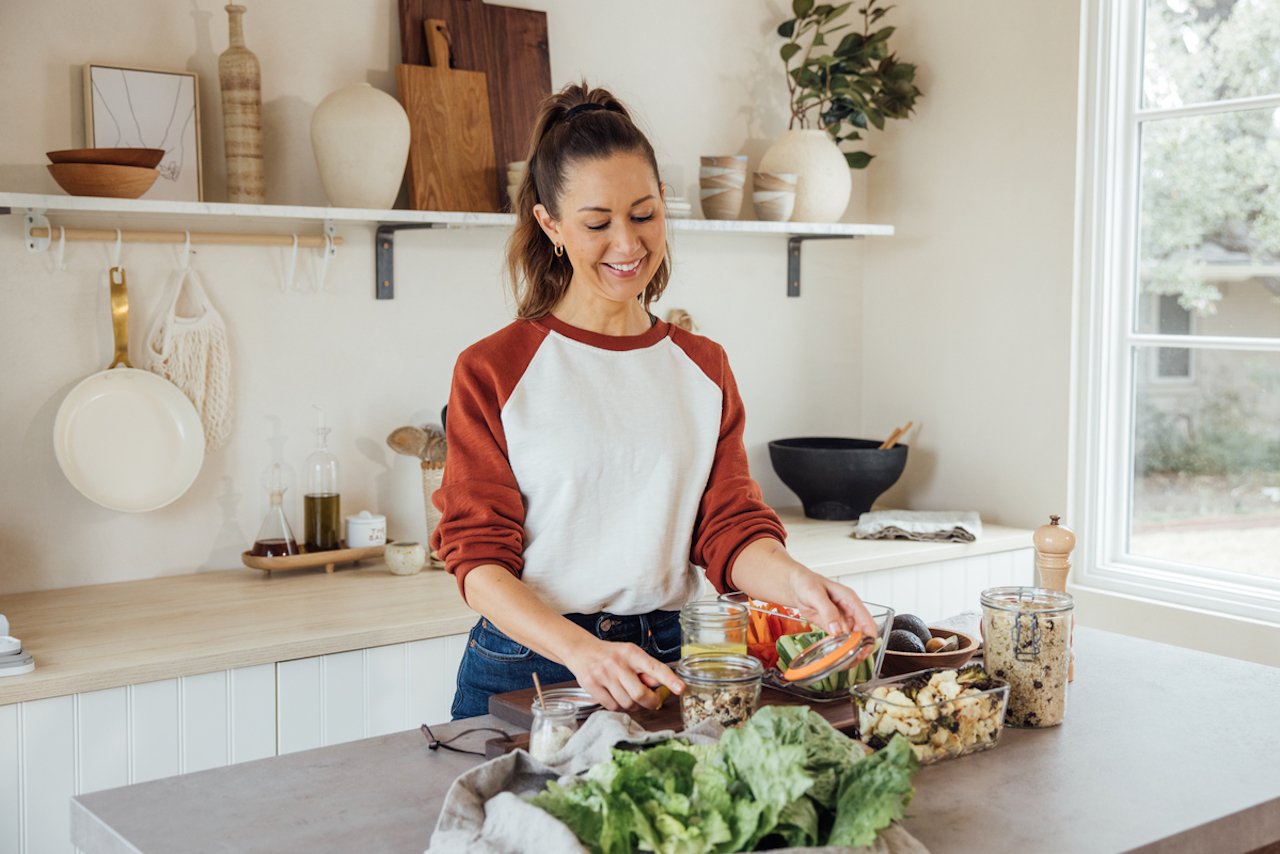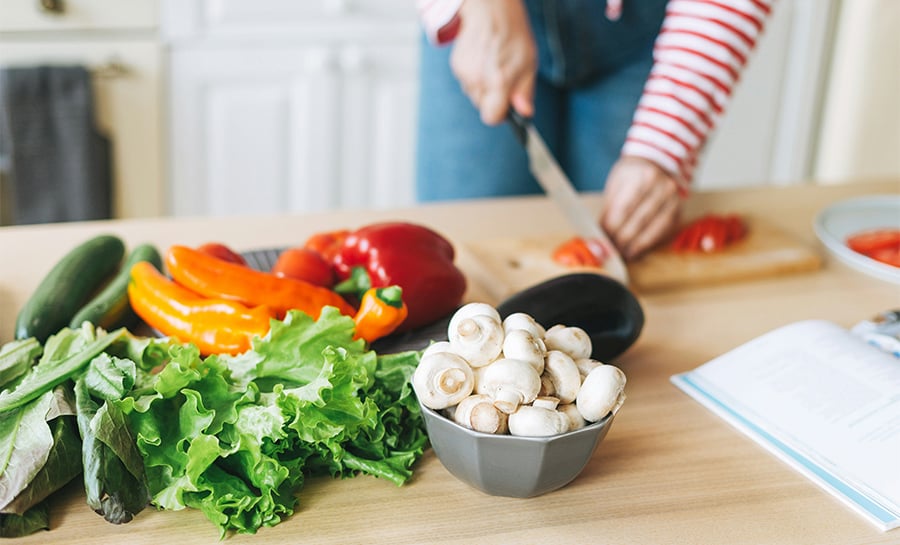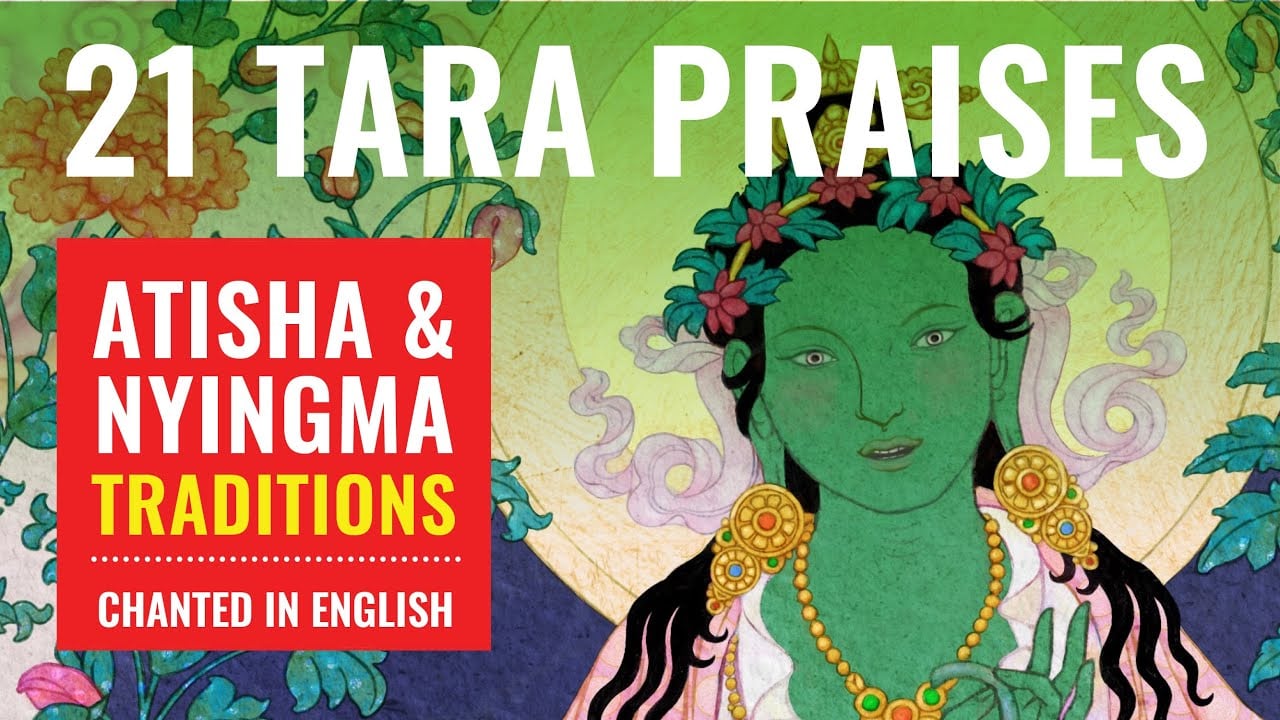Explore Native American Cuisine with Chef Lois Ellen Frank
Meet Chef Lois Ellen Frank, Ph.D. We had the pleasure of talking with her about food history, health, and culture. Read on and enjoy her […]
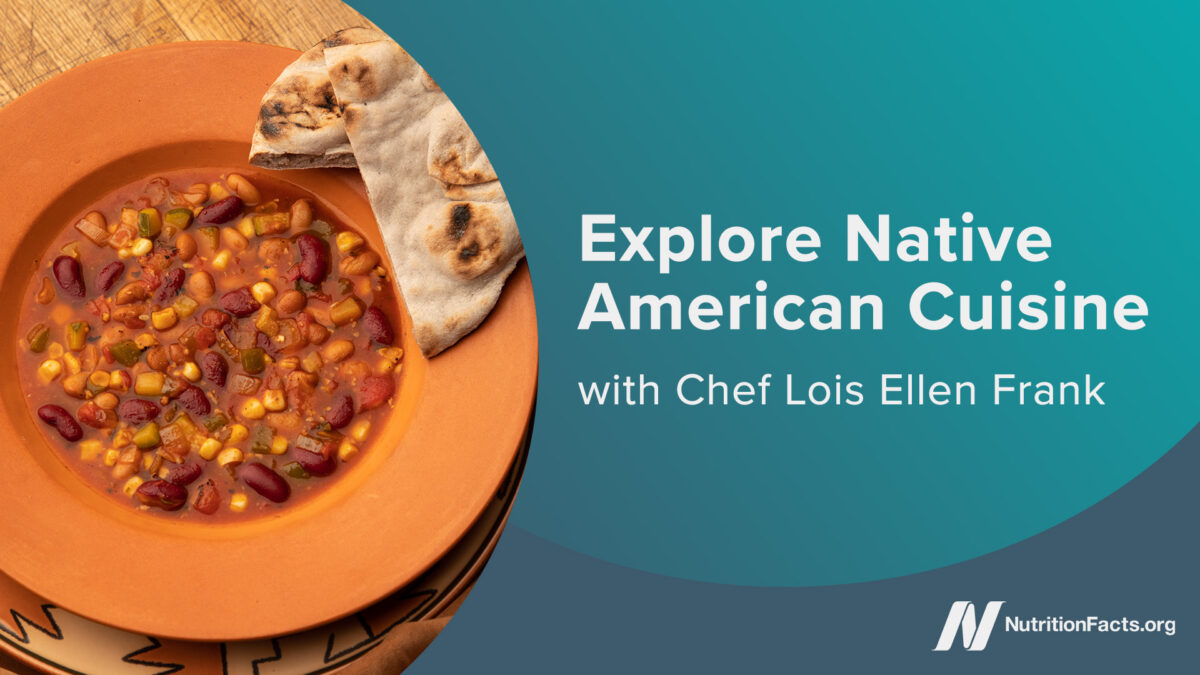
| Meet Chef Lois Ellen Frank, Ph.D. We had the pleasure of talking with her about food history, health, and culture. Read on and enjoy her recipe for Three Sisters Stew. | 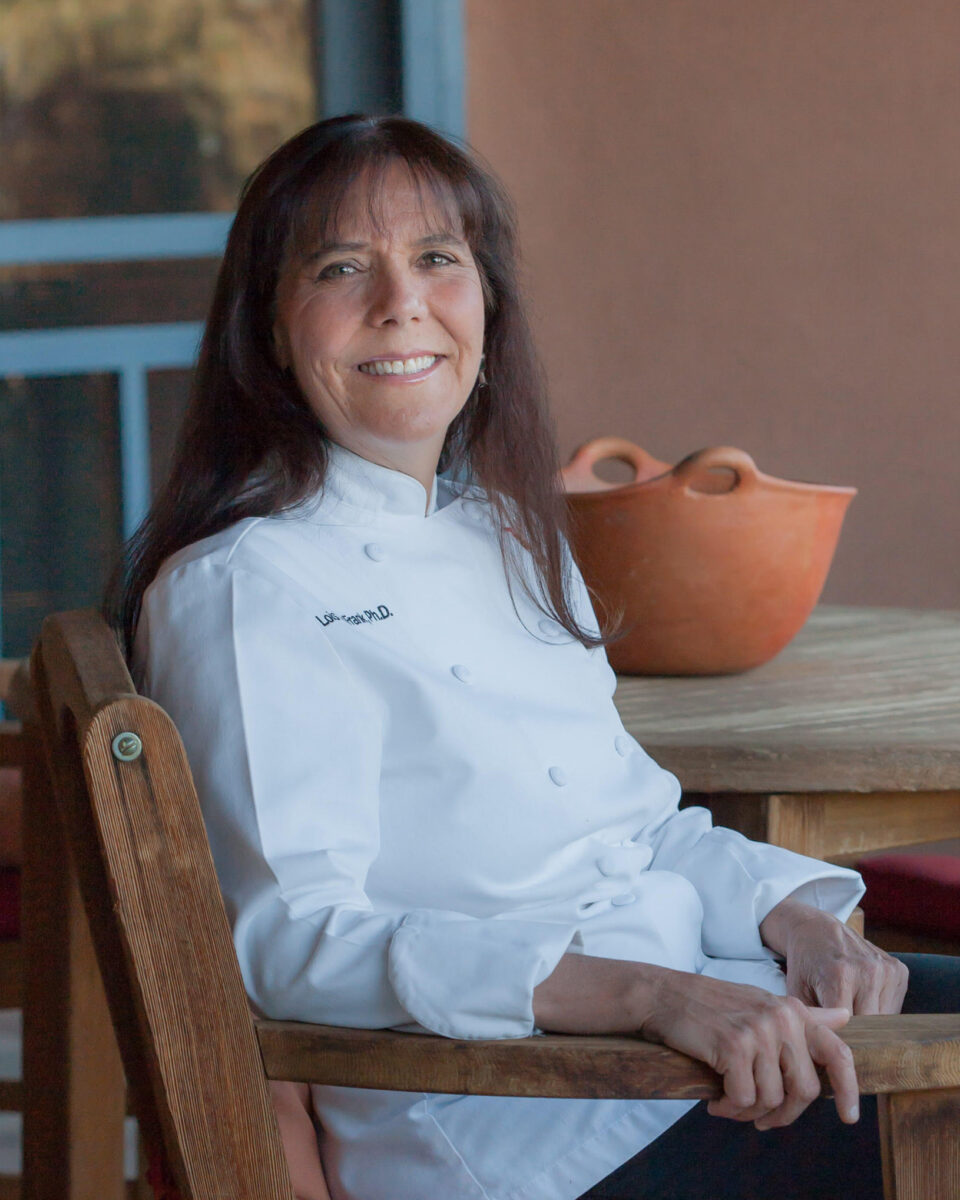 |
Tell us a little about your work.
Chef Walter Whitewater and I are based in Santa Fe, New Mexico, at Red Mesa Cuisine, a catering company specializing in the revitalization of ancestral Native American cuisine with a modern twist, using ingredients and preparing foods focused on health and wellness.
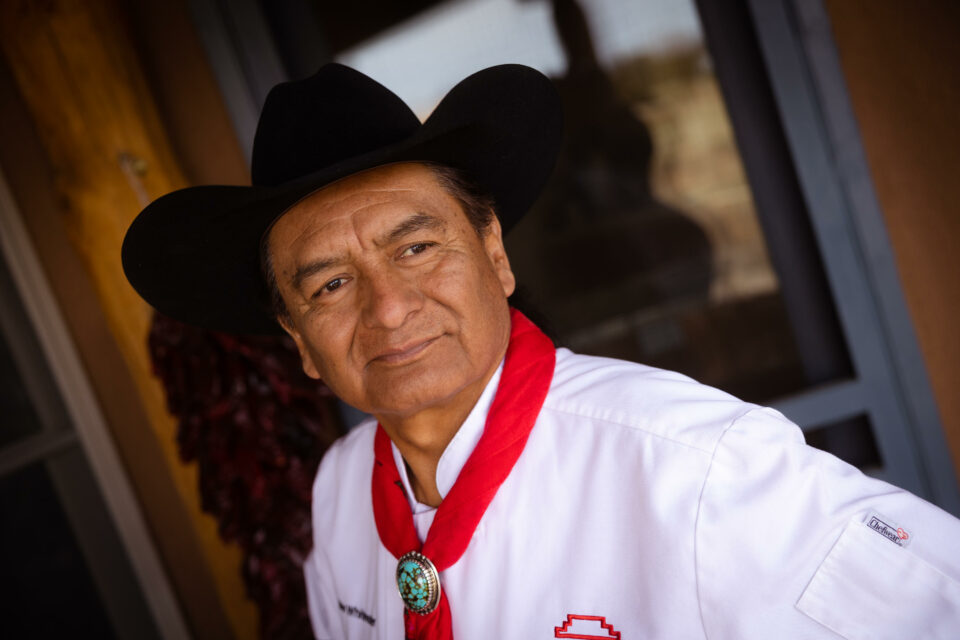 |
Together, we have worked with Native American communities in the Southwest of the United States for more than 30 years. I was honored to be the recipient of the Local Hero Olla Award, which recognizes an exceptional individual for the work they do to create healthy, innovative, vibrant, and resilient local sustainable food systems in New Mexico. Chef Walter and I work with the New Mexico Department of Health by providing training to cooks who work in Native communities. We also work with the Physicians Committee for Responsible Medicine (PCRM) on The Power to Heal Diabetes: Food for Life in Indian Country program. See www.nativepowerplate.org for more. |
What are the Three Sisters, and what significance do they have for Native Americans?
The Three Sisters are corn, beans, and squash. They are believed by a number of tribes to be gifts from the great spirit. The way these vegetables grow in the garden exemplifies the notion of interconnectedness, as do the nutrients they provide. They are three ingredients that Chef Walter and I use regularly and a foundation to a healthy ancestral Native American diet.
We recently learned about the “Magic Eight” from you. Could you describe what the “Magic Eight” foods are and their history?
The Magic Eight are corn, beans, squash, chiles, tomatoes, potatoes, vanilla, and cacao. They are eight foods that did not exist anywhere outside of the Americas prior to European contact in 1492. If we deconstruct that, it means that the Italians did not have the tomato, the Irish did not have the potato, there were no chiles in any Asian, East Indian, or African cuisine, and there was no confection using either vanilla or chocolate. These are truly indigenous Native American foods that were given to the rest of the world and are now woven into the identities of so many cuisines. The Magic Eight are the focus of our cookbook, Seed to Plate, Soil to Sky: Modern Plant-Based Recipe Using Native American Ingredients, which was published by Hachette Book Group this summer.
What are your go-to favorite whole food, plant-based, oil-free meals?
Yesterday, I made a Three Sisters enchilada. I combined savory refried pinto beans with zucchini squash and corn kernels, which I put into a corn tortilla and topped with a red chile sauce, green onions, and some of the sautéed squash and corn. It was delicious. Another favorite is a poblano chile stuffed with quinoa, mushroom, and spinach, which I serve with an heirloom tomato sauce that I can myself every year so I can use it throughout the winter months. Chef Walter loves to use corn and makes a traditional dish called Navajo Kneel Down Bread (Nitsidigo’i), which is sweet corn baked inside a fresh or dried corn husk. Chef Walter’s modern version adds dried currants, raisins, and fresh apples, foods that are readily accessible on the Navajo Nation in his community of Pinon, where he grew up.
Can you please tell us a little bit about your work with PCRM and its Native Food for Life program?
We have done a lot of work over the years with PCRM and its Native Food for Life program. Under its Native American resources, there are plant-based recipe booklets by Chef Walter and myself, as well as a lot of videos, other information, and recipes on healthy foods that are easy to make.
What message do you have for the Native American population regarding reclaiming their health through heritage?
I think that we all—all nations, all ethnicities, and all people—need to reclaim our health and wellness. In Native American communities, there is a movement to re-indigenize, reclaim, and revitalize the ancestral diet for health and wellness. This is a good thing, because when you eat the Magic Eight and other foods from the region of your own ancestors, you revitalize everything associated with those foods, including the land, techniques surrounding the foods, and agricultural practices, so that the knowledge surrounding these practices can be passed on from generation to generation.
Three Sisters Stew
makes 4 to 6 servings
Chef Walter and I originally made this recipe on the Navajo Reservation in the town of Pinon, Arizona, where he was raised. It has been made for numerous family gatherings and ceremonies. For this version, I’ve added zucchini instead of meat. The squash makes this stew hearty without being heavy. This recipe is great because you can make it to feed four to six people, or you can add to it and make enough to feed sixty to six hundred.
|
1 tablespoon bean juice |
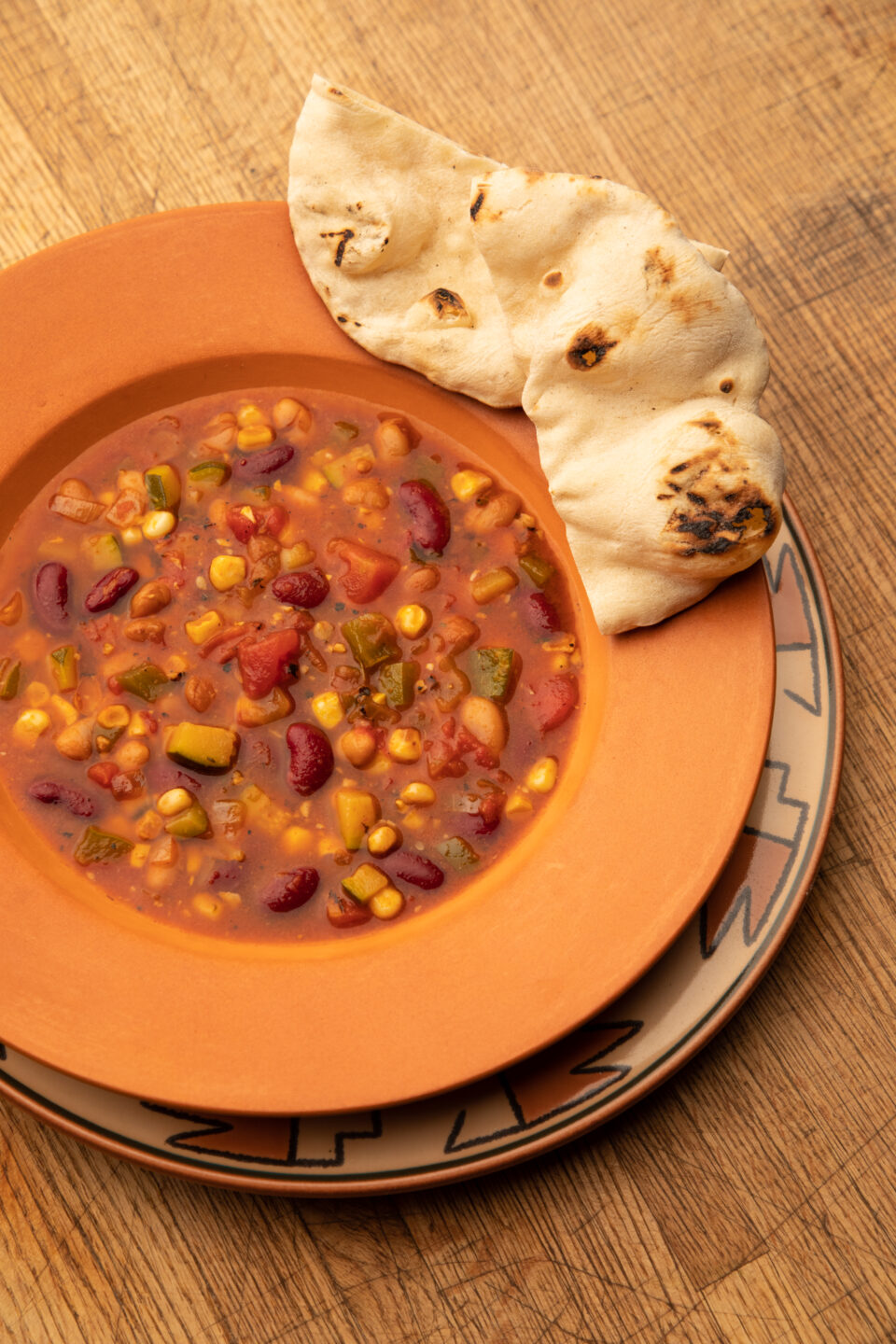 |
Preheat a cast-iron soup pot or heavy bottomed metal soup pot over medium-high heat. Add the bean juice and heat until hot. Add the onions, sauté for approximately 3 minutes until translucent, stirring to prevent burning. Add the bell pepper and sauté for another 3 minutes, stirring to prevent burning.
Add the zucchini and sauté for another 3 minutes. You want the vegetables to caramelize and begin to turn brown. The bottom of the pan may begin to turn brown, but this is part of the caramelization process. Add the garlic and cook for another minute, stirring to prevent burning and to incorporate into the other ingredients.
Add the tomatoes. Cook for another 2 minutes, stirring constantly. Add the kidney beans, pinto beans, corn, mild chile powder, and medium chile powder (if you want a spicier stew), black pepper, thyme, and oregano, then mix well. Add the water, bring to a boil, then reduce heat and let simmer for 25 minutes, stirring occasionally. Taste and adjust seasonings, if desired. Remove from heat and serve immediately.
Note: Fresh thyme and fresh oregano can be used if available. Simply double the amount from ¼ teaspoon of each to ½ teaspoon of each. I usually buy herbs fresh if they are available, and if I have leftover herbs from whatever I am cooking, I dry them on a sheet tray in my pantry and then put them into glass jars for future use.
Excerpted from Seed to Plate, Soil to Sky: Modern Plant-Based Recipes Using Native American Ingredients by Lois Ellen Frank. Copyright © 2023. Available from Hachette Go, an imprint of Hachette Book Group, Inc.
You can find Chef Lois Ellen Frank here.

 Aliver
Aliver 










